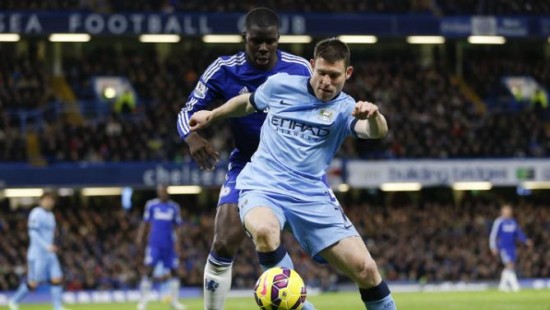I know what you are thinking – what on earth does dancing have to do with soccer?! At first glance, admittedly nothing, but if you choose to look a bit deeper, and overcome the stereotypes surrounding both dancers and soccer players, you might come to realize there is a lot of similarity between the two, I’ll dare to say, art forms.
Soccer is all about getting the ball into the net, and doing so is all about footwork, agility and endurance. There is a lot of finesse involved in the excitement, which spectators and television viewers sometimes overlook. Just take a look at Cristiano Ronaldo, whom we will luckily continue to watch at the Euro, even though his Portugal has had a bit of a rough time scraping through to the coming round. He is nothing if not the master of footwork, and his flowing moves are not unlike a well-perfected dance.
Let’s take a look at what soccer players can learn from a dancer.

The art of the game
Admittedly, soccer is not just about scoring. How many times have you claimed to have witnessed great play, while two great zeros were staring at your from the score board?
Dribbling as an art form and dance have quite a lot in common, and require a certain grace which can only be perfected over time. Like a couple on the dancefloor, running with the ball often seems effortless, and super easy, which is in fact very far from the truth.
Learning to step in tune can be a valuable asset to any soccer player, and the attractiveness of the moves that comes with is just an added bonus, which undoubtedly makes soccer the most popular game on the planet.
Move your feet
Balancing on every single part of your feet is a skill that ups a player’s game significantly – yet dancers perform much better at balance tests than soccer players. Not bad, right?
Coaches around the world have started to implement ballet and other dance forms into their coaching routine precisely because of this fact. As you train your brain to teach your legs to be quick about it, you will be improving your mobility, posture and agility. In fact, the more diverse your training methods, the more results you can expect to see, as your brain is continually rewired in new and previously untried ways.
An agility boost
Knowing when to turn, side-step and spin can be of unparalleled value during a game, as can a sense of space, and the ability to sense where our opponent is about to step. All of these skills are built into dance routines, and highly valued by soccer coaches and fans. Agile players have better ground contact, making them faster, and better contact with the ball, making them more precise.
This is again where ballet dancers excel – the sheer number of the leaps, landings and turns they perform will quickly overshadow most soccer players, who also make it their point to master this technique. The fact remains that some are naturally more quick on their feet than others, but that does in no way mean that this skill cannot the mastered with the right amount of legwork involved.
Gym time
We all know how important conditioning is for both dancers and the stars of the game. Knowing what to do with the ball is one thing, but being able to actively participate in the game for ninety minutes is a whole different ballgame.
This is where athletes turn to both the gym, and endurance training. While you may think that dancing is easy, and requires no real strenght, only precision, you are quite wrong. So can soccer seem to be all about the legs, but in fact, your entire body needs to work towards the same goal.
Achieving training goals involves proper nutrition, the proper gym clothes, and the right mindset, which is again something that dancers excel at, as do our fav soccer stars.
The mental side of dancing
Dancing can be a true stress reliever – while it keeps your body active, it will also force your mind to think about things other than last night’s loss. It is a fun and stimulating activity, which can take a lot of the edge off competitive sports.
Engaging in a stimulating activity can also do wonders for determination and perseverance – if you can master the tango, you can also tango with the ball. Dancing teaches its practitioners to think in ways they previously haven’t considered, which often makes for interesting moves on the pitch.
As we continue to watch the European giants dance with each other in this year’s Euro, don’t be surprised if you also see a salsa step or two on the field.




